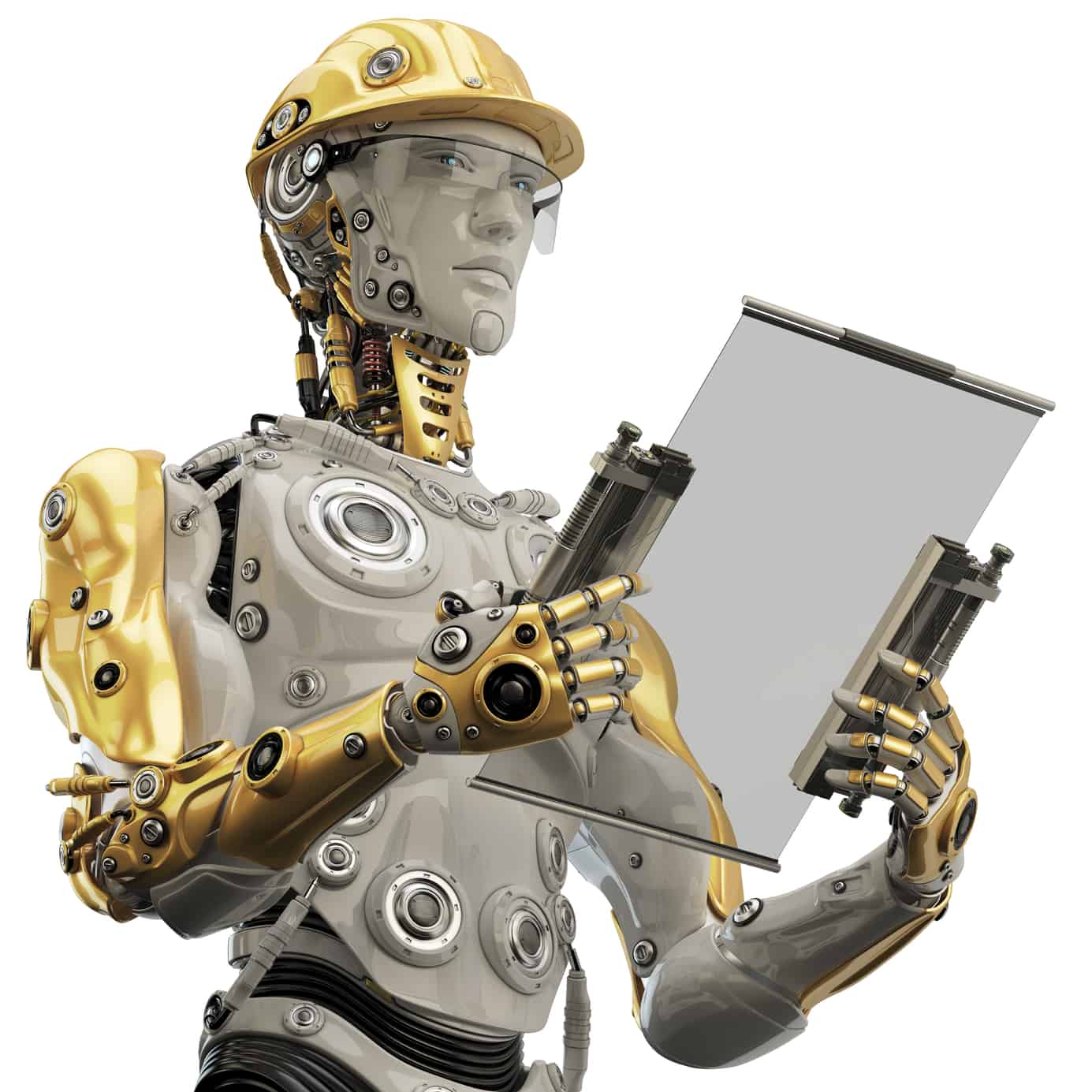Proud to be one of ThunderMaps’ “Top 5 health and safety blogs”.
“Direct, holistic, and genuine is what you can expect to find in Kevin Johns (sic) – an award-winning Australian H&S advocate’s blogpost. Kevin has successfully tackled H&S at both macro and micro level. From convincingly arguing workplace safety as a critical part of bigger business environment’s picture and that it “cannot exist outside social, economic and political contexts”, to educating business about specific issues of H&S such as suicide prevention, he has successfully done them all.”

